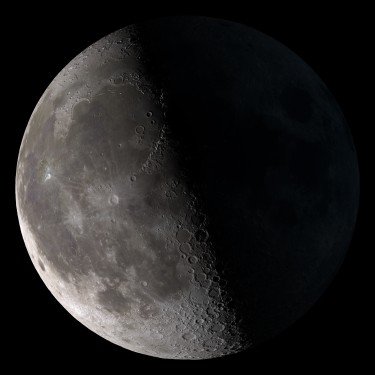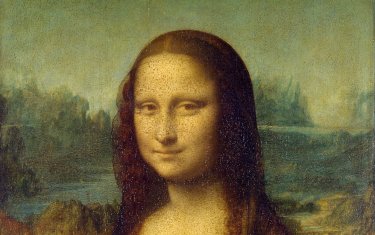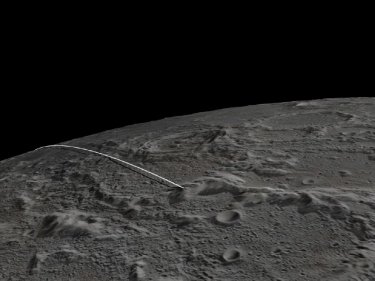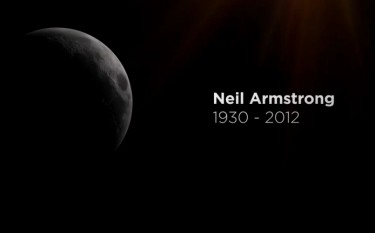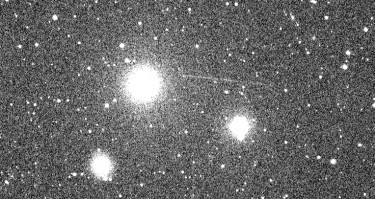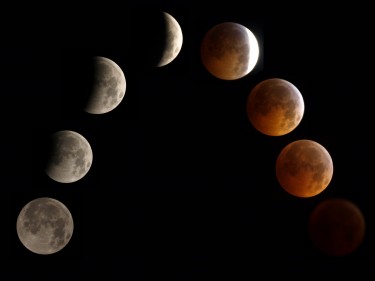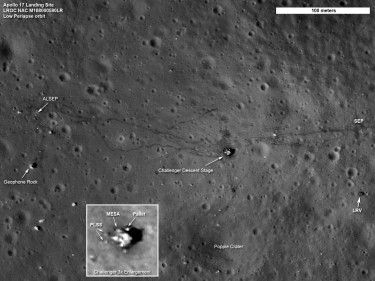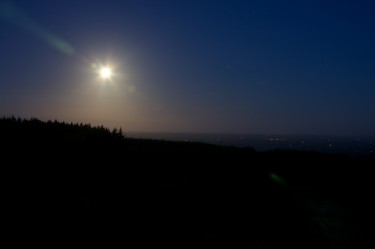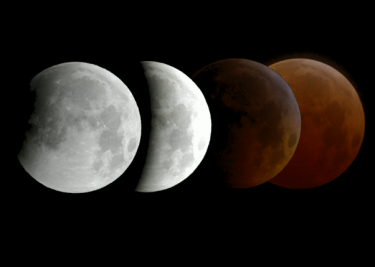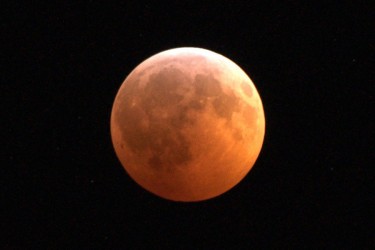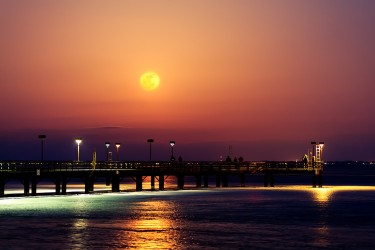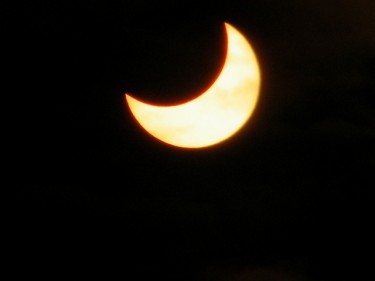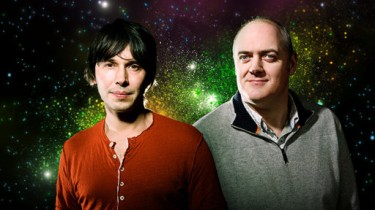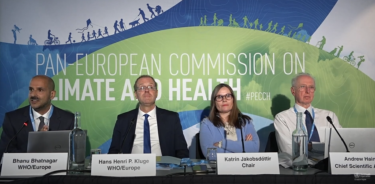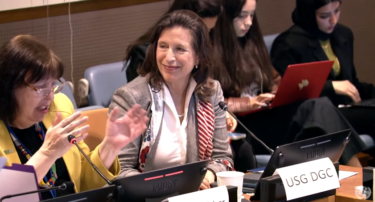moon
Sociable's Podcast

Brains Byte Back interviews startups, entrepreneurs, and industry leaders that tap into how our brains work. We explore how knowledge & technology intersect to build a better, more sustainable future for humanity. If you’re interested in ideas that push the needle, and future-proofing yourself for the new information age, join us every Friday. Brains Byte Back guests include founders, CEOs, and other influential individuals making a big difference in society, with past guest speakers such as New York Times journalists, MIT Professors, and C-suite executives of Fortune 500 companies.
As artificial intelligence rapidly reshapes industries, education stands at a pivotal crossroads. In this episode, we talk with Arlène Botokro, Head of Learning Innovation at Wooclap, about how AI is showing up in classrooms and what that means for students, teachers, and families. Arlene has spent the last decade focused on how people learn and how to design tools that support that process.
We look at how some countries are integrating AI into learning, what educators say they need, and how students are responding. Whether you're an educator or just curious about how education is shifting, this episode breaks down what’s real, what’s hype, and what’s next. Find out more about Arlène Botokro here.
Learn more about Wooclap here.
Reach out to today's host, Erick Espinosa – [email protected]
Get the latest on tech news – https://sociable.co/
Leave an iTunes review – https://rb.gy/ampk26
Follow us on your favourite podcast platform – https://link.chtbl.com/rN3x4ecY







